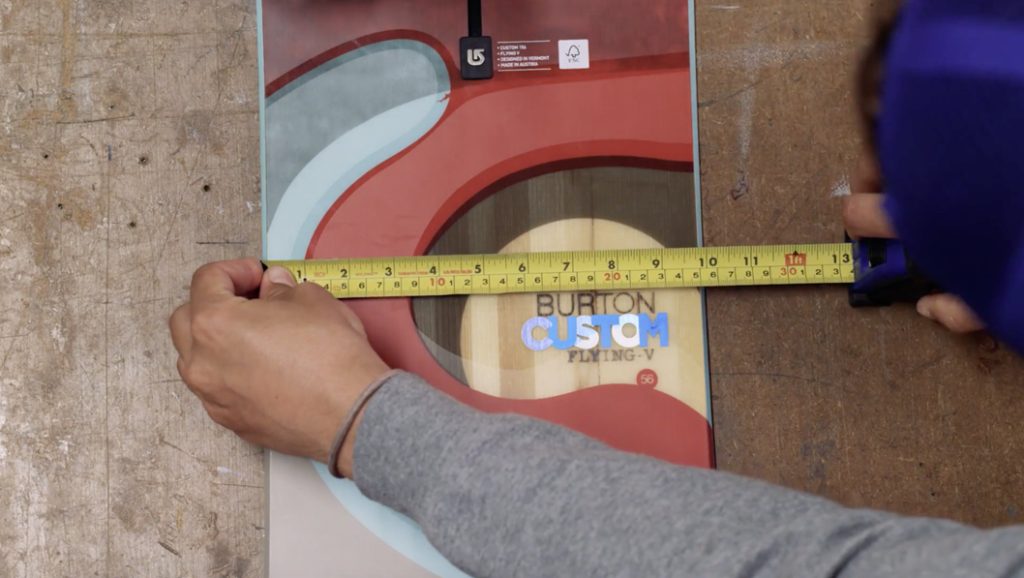If your toes have ever caught mid-turn or your board feels twitchy at high speed, there’s a good chance it might be too narrow. But do you actually need a wide snowboard—or is that just another gear rabbit hole?
Let’s break it down in plain terms: what “wide” really means, how to tell if you need one, and how width affects how your board rides. I’ve ridden way too many decks that were just slightly off on width, so if you’re unsure, this’ll help!
Our snowboard size calculator gives width suggestions based on your boot size, riding style, and weight. Super handy if you're borderline on needing a wide.
What Counts As A Wide Snowboard?
A wide snowboard just means it has a larger waist width—the narrowest point between the bindings. Most standard boards have a waist width around 245–255mm. Once you hit 260mm+, you’re in wide board territory.
Boot Size vs Board Width: The Real Math
Board width really comes down to your boot size—not your weight or even your stance width. Here's a rough breakdown:
| Boot Size (US Men’s) | Recommended Waist Width | Board Type |
|---|---|---|
| 7 – 10 | 240–255mm | Standard |
| 10.5 – 11.5 | 255–260mm | Mid-Wide |
| 12 – 13+ | 260–270mm | Wide |
💡 Tip: If you’re wearing size 10.5 or 11 boots, you’re in that tricky middle ground. A mid-wide board (255–260mm) often gives you the best of both worlds: float and clearance without feeling like you're dragging a canoe around the park.
Signs Your Board Is Too Narrow
- You’ve got more than 1.5 inches of toe or heel overhang off each edge.
- Your toes catch in deep carves or while riding steep switch terrain.
- Your board feels twitchy or unstable when you try to lock in a turn.
Try the binding test: strap in on your board, stand in riding stance, and look straight down. A little toe and heel overhang is good—it gives you leverage. But if you can slide a business card under your toe and it hits snow in a turn, that’s a problem.
Wide Snowboard Pros & Cons
✅ Pros:
- No toe or heel drag on carves.
- More stability at speed or in powder.
- Better match for larger boot sizes (11+).
❌ Cons:
- Slower edge-to-edge transitions—especially in the park.
- Feels a bit heavier underfoot for spins and jibs.
- Can be overkill for smaller boot sizes (you’ll feel sluggish).
What About Volume-Shifted Boards?
This is where things get interesting. Volume-shifted boards are short and wide on purpose. They’re meant to be downsized in length but still float well in powder due to the extra surface area. If you’re into surfy turns or tree runs, these are worth checking out—even if you’re not rocking size 12 boots.
How Width Affects Riding Style
- Freestyle/Park: Standard to mid-wide (240–255mm). You want quick turns and easy spins.
- All-Mountain: Standard to wide depending on boot size. Look for balance.
- Freeride/Powder: Wide (260mm+) for float and control. Especially if you’re running a volume-shifted shape.
💬 Final Thoughts
You don’t need a wide snowboard just because you're tall or heavy. It’s all about your boots. If you’ve got size 11+ feet and your toes hang way over the edge, you’ll love what a wide board can do for your carves (and confidence).
Still not sure? Run your specs through our snowboard size calculator—it’ll tell you exactly what width range to look for based on your setup. Catch you on the next lap.


